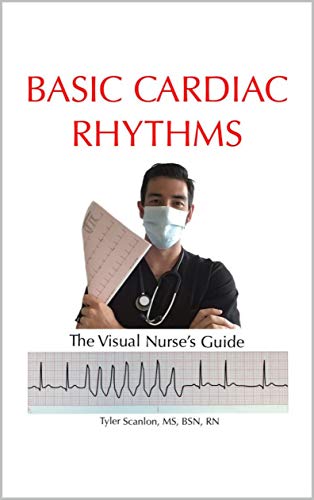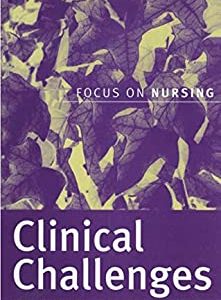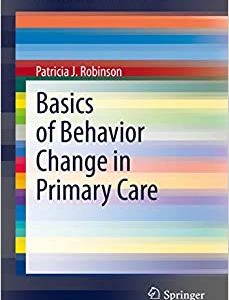If you’re reading this, chances are your current or future role involves the rapid interpretation of cardiac rhythms. This is often the most challenging topic for students in the medical field to learn. Of course, I am partially biased in that this text is presented from the nurse’s perspective however, it is my hope that this text will provide great benefit to nursing students, new nurses, cardiac monitor technicians, paramedic students, and medical students alike. My goal is to provide you with the most amount of information in as few words as possible. For this reason, we use graphics, flow charts, and rhythm strips to present information VISUALLY for easy understanding and quick recall. Each topic is presented in the following format: 1) What is it? 2) What does this mean? 3) Why should we care? Take home points are presented after each topic. Think of them as a, “What do I need to know about this topic if I only have 10 seconds to review this page?” type of review. As you read, take special care to appreciate the underlying concept for each rhythm strip instead of just memorizing wave-form appearances. This will help to make sense of why the wave-forms appear the way they do. Remember, each cardiac rhythm strip tells a story of what’s happening behind the scenes (at the micro and macro cellular level). We’re simply observing a 30,000 foot view of what’s occurring beneath our electrodes.











